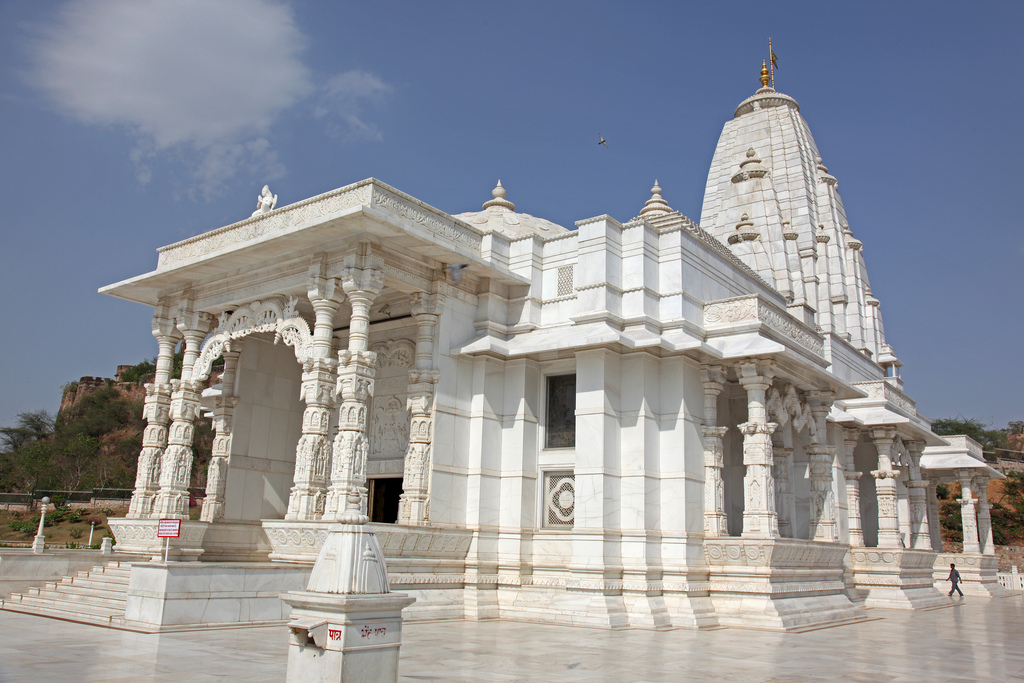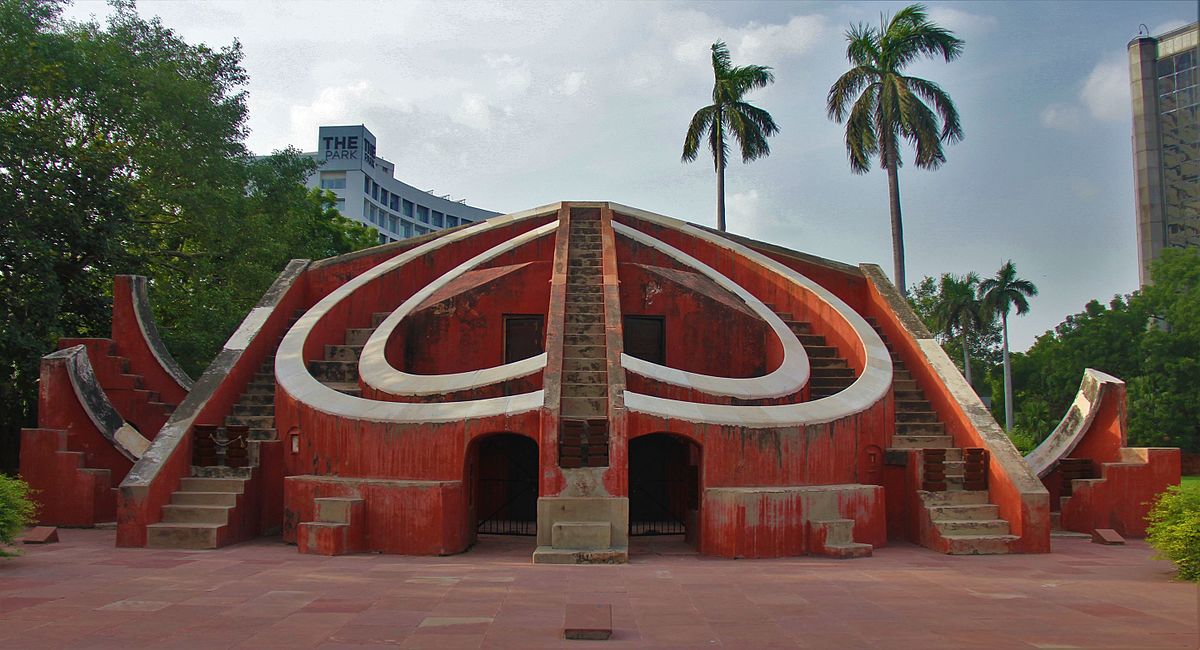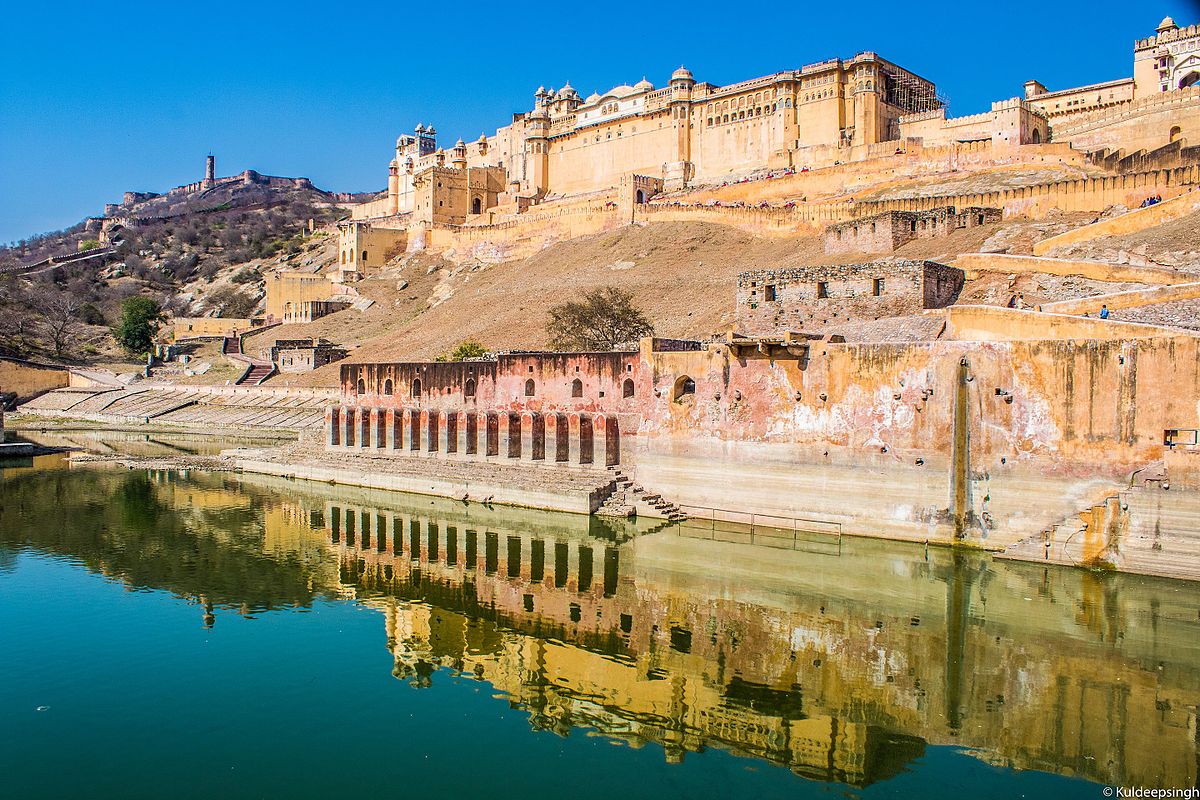Places of Interest in Jaipur



The city of Jaipur was founded in 1726 by Jai Singh II, the Raja of Amer who ruled from 1688 to 1758. He planned to shift his capital from Amer, 11 kilometres (7 mi) from Jaipur to accommodate the growing population and increasing scarcity of water.Jai Singh consulted several books on architecture and architects while planning the layout of Jaipur. Under the architectural guidance of Vidyadhar Bhattacharya, Jaipur was planned based on the principles of Vastu shastra and Shilpa Shastra.The construction of the city began in 1726 and took four years to complete the major roads, offices and palaces. The city was divided into nine blocks, two of which contained the state buildings and palaces, with the remaining seven allotted to the public. Huge ramparts were built, pierced by seven fortified gates. Jaipur is a standout amongst the most socially rich legacy urban areas in India. Established in the year 1727, the city is named after Maharaja Jai Singh II who was the primary organizer of this city. He was a Kachhwaha Rajput and ruled the region in the vicinity of 1699 and 1744. During the rule of Sawai Ram Singh, the city was painted pink to welcome the Prince of Wales, later Edward VII, in 1876. Many of the avenues remained painted in pink, giving Jaipur a distinctive appearance and the epithet Pink city.In the 19th century, the city grew rapidly and by 1900 it had a population of 160,000. The wide boulevards were paved and its chief industries were the working of metals and marble, fostered by a school of art founded in 1868. The city had three colleges, including a Sanskrit college (1865) and a girls' school (1867) opened during the reign of the Maharaja Ram Singh II.
Jaipur has many cultural sites like Jawahar Kala Kendra formed by Architect Charles Correa and Ravindra Manch. Government Central Museum hosts several arts and antiquities. There is a government museum at Hawa Mahal and an art gallery at Viratnagar. There are statues depicting Rajasthani culture around the city.Jaipur has many traditional shops selling antiques and handicrafts. The prior rulers of Jaipur patronised a number of arts and crafts. They invited skilled artisans, artists and craftsmen from India and abroad who settled in the city. Some of the crafts include bandhani, block printing, stone carving and sculpture, tarkashi, zari, gota-patti, kinari and zardozi, silver jewellery, gems, kundan, meenakari and jewellery, Lakh ki Chudiya, miniature paintings, blue pottery, ivory carving, shellac work and leather ware.


